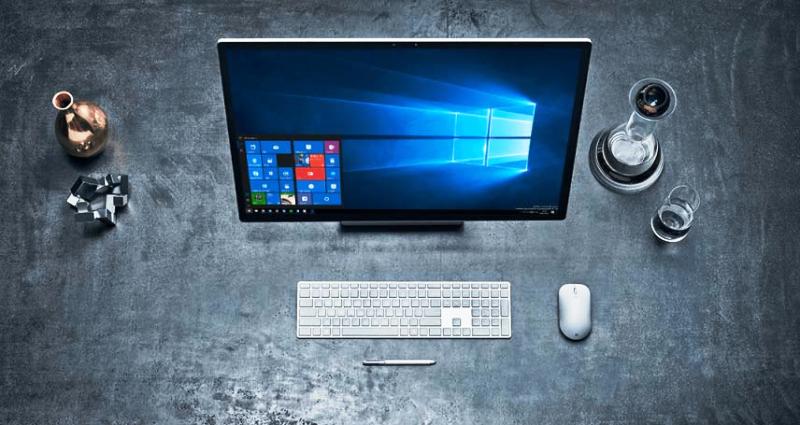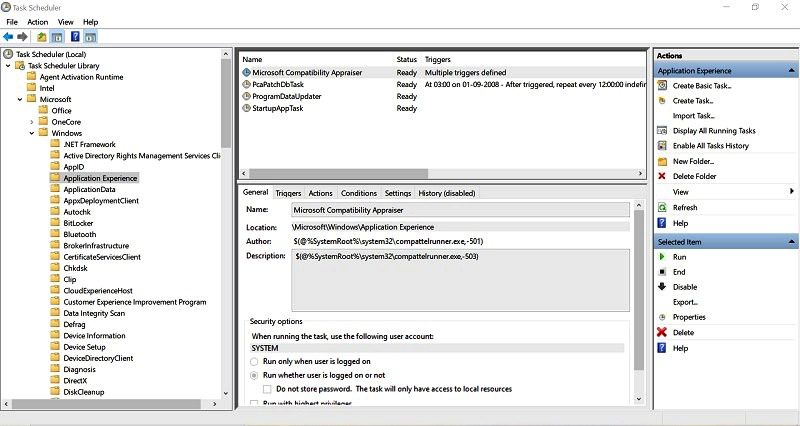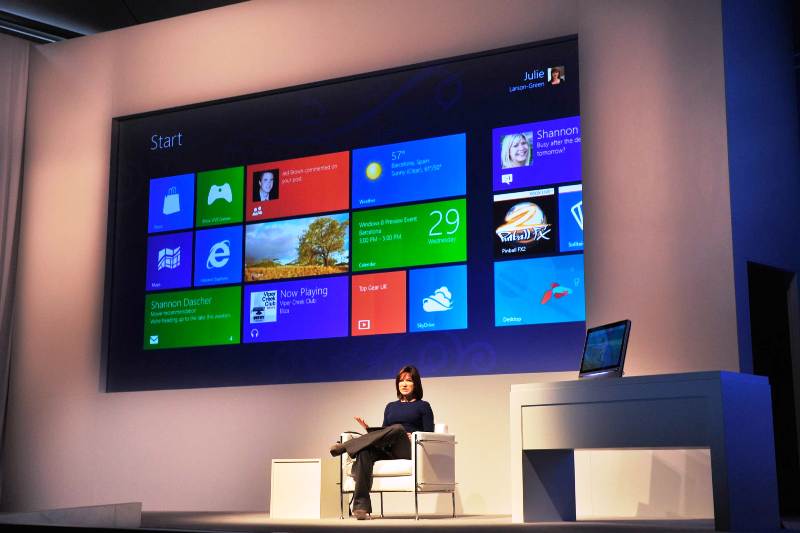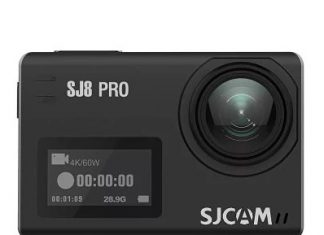As one of the titans of the tech industry, Microsoft has always taken the initiative to improve and refine its products to provide an unmatched user experience. So let’s check out everything about the Microsoft Compatibility Telemetry article. The company uses telemetry data heavily in its operations. The “Microsoft compatibility telemetry high CPU” is one such telemetry element that may have drawn your attention. What it is, why it exists, and what it means will all be explained in this Microsoft compatibility telemetry disable article.
Ever questioned what enigmatic force is responsible for your Windows system’s flawless operation and quick upgrades? Explore Microsoft compatibility telemetry high disk secretive world! This strong feature may be the unsung hero who makes your digital life easy. ?? Discover the astounding truth that has remained hidden from the eyes of millions of users, from top-secret updates to Microsoft’s grand plan. Be prepared for the possibility that this realization will forever alter the way you view your computer! Now let’s get to know more about this Microsoft compatibility telemetry Reddit guide.
1. Introduction to Microsoft Compatibility Telemetry
Microsoft Compatibility Telemetry is a service in Windows that is frequently referred to as CompatTelRunner.exe in the task manager. Data from a user’s PC is automatically gathered and sent to the Microsoft development team. This information is crucial for enhancing security features, fixing potential bugs in Microsoft Compatibility Telemetry, and general performance of the Windows operating system.
2. Data Collection: What Exactly is Shared?
What data is Microsoft collecting is often the first Microsoft Compatibility Telemetry question that pops into people’s heads.
- User Data: This includes the number of times an application or feature is used, details about the application (like its responsiveness and crash reports), and system data (such as device specifications).
- Performance Data: This encompasses information about the device’s performance, details about software and hardware, and other metrics that could help in identifying performance bottlenecks.
- Application Metrics: This involves data on which applications are frequently used, how they interact with the OS, and their general performance metrics.
**NOTE: Microsoft has categorically stated that any data collected doesn't include personal information or any content from user documents or communications.
3. The Role of Telemetry in Enhancing User Experience
In general, telemetry serves as both a means of data collection and an end in itself. It has the following crucial functions.
i. Bug Identification and Fixing: By understanding crash reports and system hang details, the Windows development team can proactively identify and rectify issues, resulting in a more stable OS.
ii. Performance Enhancement: With insights into hardware and software interactions, Microsoft can optimize Windows to perform better across a diverse range of systems.
iii. Feature Development: Knowing which features are popular or underutilized helps Microsoft decide which ones to refine, eliminate, or expand upon.
4. Concerns and Addressing Them
Despite the inherent advantages, some users have voiced worries regarding:
- Data Privacy: There’s always a worry about what data is being collected and if personal data might be inadvertently shared.
- System Performance: The Microsoft Compatibility Telemetry process can, at times, use significant CPU resources, causing concerns about system performance.
Addressing the Concerns:
- Transparency: Microsoft has been open about what data is collected and how it’s used. Additionally, they’ve reiterated their commitment to user privacy.
- User Control: Users have the option to limit the data they share. While turning off Microsoft Compatibility Telemetry entirely might not be an option, the data shared can be minimized.
5. Managing Microsoft Compatibility Telemetry
Here are some Microsoft Compatibility Telemetry steps to follow if you want to manage this service on your computer:
i. Through Settings:
- Navigate to
Settings>Privacy>Feedback & diagnostics. - Choose the desired feedback frequency and diagnostic and data usage.
ii. Group Policy Editor (For Windows Pro and Enterprise versions):
- Type
gpedit.mscin the Run dialogue box. - Navigate to
Computer Configuration>Administrative Templates>Windows Components>Data Collection and Preview Builds. - Adjust the settings as per your preference.
6. The Evolution of Telemetry in Microsoft Products
Telemetry has grown to be a crucial component of Microsoft’s strategy for maintaining the quality of its products over time.
i. Historical Context: In the earlier versions of Windows, Microsoft Compatibility Telemetry was not as deeply embedded. However, with Windows 10, Microsoft ramped up its telemetry efforts, integrating more extensive data collection mechanisms.
ii. Refined Data Collection: Over time, as data privacy became a significant concern, Microsoft refined its Microsoft Compatibility Telemetry tools, focusing more on essential performance metrics rather than broad data collection. This shift was evident in the subsequent updates of Windows 10 and is expected to continue in future iterations.
7. The Larger Role of Telemetry in Tech
Telemetry is not a Microsoft-only phenomenon. Similar Microsoft Compatibility Telemetry techniques are used by many tech behemoths, including Apple, Google, and Amazon, to improve their products.
- Comparative Analysis:
- Apple: Known for its stringent privacy policies, Apple still uses telemetry but with a clear emphasis on anonymizing and aggregating data.
- Google: Given its vast ecosystem of services, Google’s telemetry efforts are extensive. They collect data across platforms, but always with user permissions.
- Amazon: With devices like Alexa in many homes, Amazon’s telemetry focuses on improving user experience, with particular attention to voice recognition and command execution.
8. Best Practices for Users
Even though Microsoft Compatibility Telemetry may appear intrusive to a user, there are Microsoft Compatibility Telemetry steps one can take to strike a balance between privacy and performance:
i. Regularly Review Settings: Make it a practice to periodically check and update your Microsoft Compatibility Telemetry settings, ensuring they align with your comfort level.
ii. Stay Updated: Ensure that your system software is always up to date. Companies often release patches that address potential security vulnerabilities.
iii. Educate Yourself: The more you know about how Microsoft Compatibility Telemetry works and its role, the better positioned you’ll be to make informed decisions.
9. Telemetry’s Future in Microsoft’s Ecosystem
Microsoft Compatibility Telemetry will play an even more crucial role as the digital environment continues to develop.
- Predictive Analysis: In the future, Microsoft might use Microsoft Compatibility Telemetry data in conjunction with AI to predict potential system failures or crashes and rectify them proactively.
- Enhanced User-Centric Features: As Microsoft collects more focused data, it can introduce features tailored to user behaviour, making its ecosystem more intuitive and user-friendly.
- Data Security: Given the increasing concerns about data privacy, Microsoft’s future Microsoft Compatibility Telemetry tools will likely be even more secure, with stronger encryption and anonymization processes.
10. Conclusion
So this is all about the Microsoft compatibility telemetry high cpu Reddit article guide. Office compatibility Even though it can be debatable at times, Microsoft Compatibility Telemetry is crucial in determining how Windows works. Microsoft is better able to improve its products with the data it has gathered, making them more responsive, stable, and effective. Understanding and controlling telemetry as users enables us to strike a balance between improving the product and retaining ownership of our data. Hope you like this Microsoft compatibility telemetry Windows 10 from here now.
Office compatibility The tech giant’s dedication to providing a seamless and effective user experience is demonstrated by Microsoft Compatibility Telemetry. Although there will always be discussions about how to strike the right balance between data collection and user privacy, being aware of its function and implications enables users to move confidently through the digital world. Telemetry’s ability to shape and improve the technological environment will grow as it develops. If you enjoy reading the Microsoft compatibility telemetry disable Reddit then please do share Microsoft compatibility telemetry Windows 11 with others as well.
Hope you enjoy checking this type of Microsoft Compatibility Telemetry content. The heartbeat that keeps Microsoft’s operating system beating can be found by removing the outer layers: Microsoft Compatibility Telemetry. It constantly changes, like a watchful keeper, to make sure our Windows experience is nothing short of extraordinary. This unsung hero behind the scenes is directing a complex ballet of performance upgrades, bug fixes, and feature upgrades. It’s thrilling to acknowledge the unsung heroes like Microsoft Compatibility Telemetry who are guiding our path in the digital age. Hold onto your keyboards—with such advancements, the future of technology is nothing short of breathtaking!
People Also Ask: (FAQ)
1. What exactly is Microsoft Compatibility Telemetry?
Microsoft Compatibility Telemetry is a crucial Windows service that can occasionally be identified as CompatTelRunner.exe in your task manager. It is made to collect information from users’ computers and send it back to Microsoft. This information helps Microsoft’s developers improve system responsiveness, identify potential bugs, and strengthen security barriers.
2. Is my data safe with Microsoft Compatibility Telemetry?
Absolutely. Microsoft has adamantly stated that the telemetry information it gathers does not include any private information or content from user communications or documents. Data collection is primarily focused on gathering performance indicators, system details, and application insights.
3. Does Microsoft Compatibility Telemetry affect my computer’s performance?
Some users may occasionally observe an increase in CPU usage that can be attributed to the telemetry process, especially following a system update. These spikes, though, are typically only fleeting. Microsoft makes sure that the Microsoft Compatibility Telemetry service is optimized to work without causing too much disruption to users’ regular tasks.
4. Can I control or manage the telemetry settings?
You most definitely can. Users of Windows have options to choose how much data they want to share. While it might not be possible to completely disable telemetry, you can restrict the amount of data that is returned. System settings or the Group Policy Editor (found in Windows Pro and Enterprise versions) can be used to modify options.
5. How does Microsoft Compatibility Telemetry compare to telemetry in other tech products?
The largest tech companies frequently use telemetry. Apple, for instance, emphasizes user privacy while focusing on anonymized data collection. Google has a robust telemetry mechanism as part of its vast ecosystem, but it always asks for user consent. Microsoft’s telemetry, particularly Microsoft Compatibility Telemetry, aims to improve the Windows experience by gathering necessary data while maintaining user privacy.
6. Why is telemetry becoming a prominent feature in technology today?
Making sure software and systems meet user expectations is essential in the rapidly evolving digital age. Tech companies can use telemetry’s real-world data to improve user experience, fix bugs, and roll out new features. It works like a continuous feedback loop, allowing tech giants to anticipate user needs and adapt their services accordingly.
7. Are there any privacy concerns linked to Microsoft Compatibility Telemetry?
Microsoft has a strong commitment to protecting user information, but some users have reservations about the information being gathered. It’s crucial to realize that Microsoft primarily gathers operational and performance information. However, users can maintain a balance between privacy and improved user experience by being aware of what is shared and frequently reviewing settings.
8. What’s the future outlook for Microsoft Compatibility Telemetry?
Telemetry, including Microsoft Compatibility Telemetry, is poised for an even more sophisticated role as a result of technological developments and the rise of AI. Thanks to the priceless insights from telemetry, predictive analysis, proactive problem-solving, and customized user experiences may become the norm.
With this knowledge, users can travel the digital path with a better understanding of the hidden operations that toil tirelessly to maintain a top-notch computing experience.















